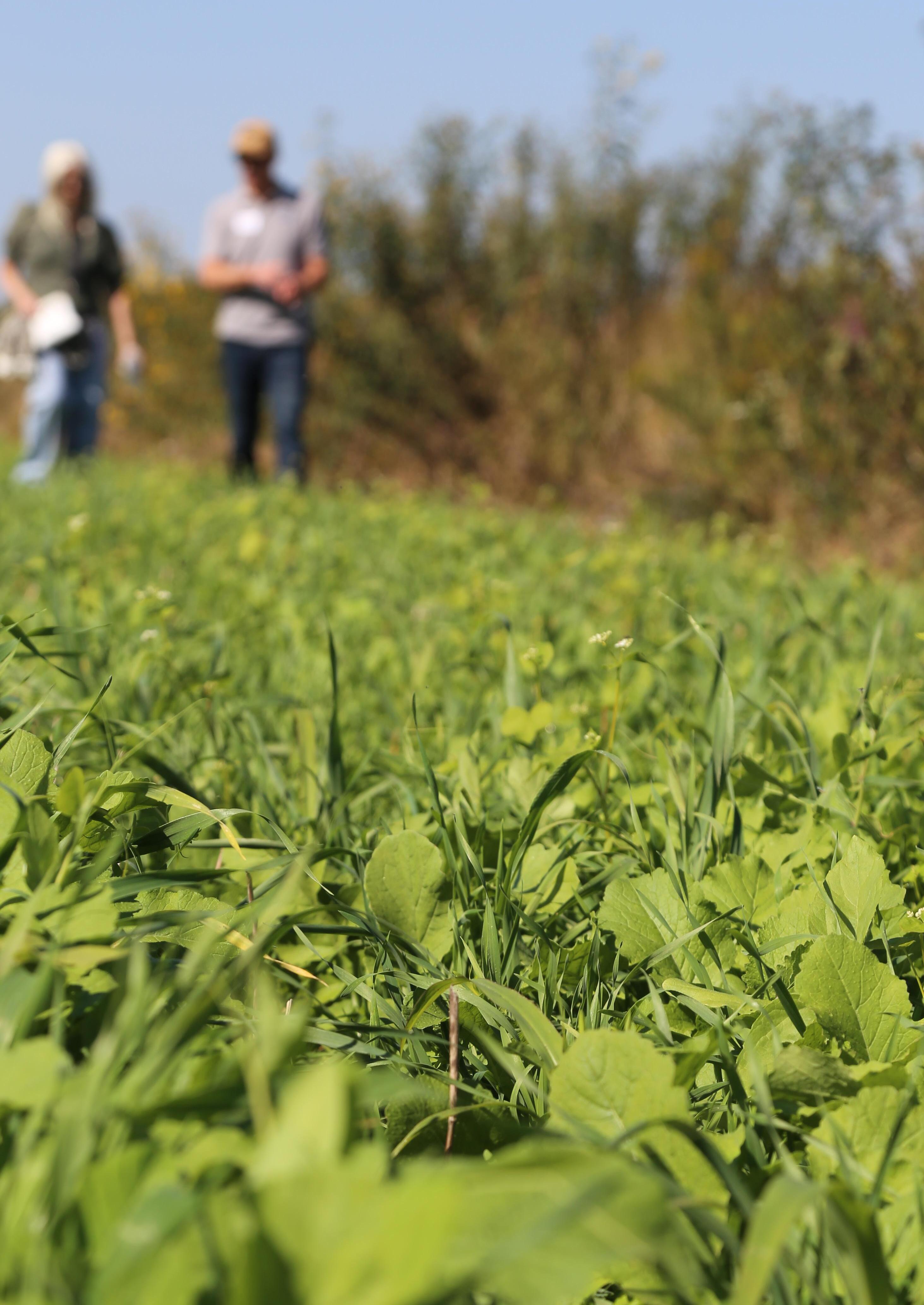




Fall is upon us—though the 80-degree temps as I write this don’t make it feel that way—and while the sheer delights of a Wisconsin autumn should never, ever be looked past, the calendar says the new year will be here before we know it.
What the conservation landscape will look like as we start that new year, particularly from the federal funding and programmatic perspective, is uncertain, to put it mildly. However, we have a clearer picture at the state level, with the 2025-27 state biennial budget having been approved this past summer.
Though there were not many conservation “wins” in that budget, increased funding for county conservation certainly was certainly one of them. Through the Department of Agriculture, Trade, and Consumer Protection budget, county conservation staffing received the most sizable funding increase in years—the specifics of which are spelled out on page 5.
This success would not have been achieved without the tireless efforts of WI Land+Water’s county conservation members. We asked our members to show up in support of our county conservation cause, and did they ever.
Our members gave literally full days of their time to provide testimony at Joint Committee on Finance budget hearings. They also attended listening sessions at smaller venues like community centers and cafes to actually have engaging discussions with their legislators. They even brought legislators into the field in their home districts to see conservation projects, and hear firsthand from partnering landowners and farmers about why county conservation technical support and cost-share funding matters to them. Our members passed resolutions, made phone calls, sent emails, and more.
Here’s the thing, though. That WI Land+Water members came out in numbers to support our budget efforts is not actually that surprising. In fact, our members “showing up” is weaved into the fabric of our community, and how we advocate for our cause, and each other. Every single one of the initiatives highlighted in the following pages—mentorship programs, youth camps and events, awards, committee meetings, area association tours—requires a person (often, many people) to make a conscious decision to put themselves out there and say “I can and will do this.”
I think I speak for the entirety of the WI Land+Water board and staff in saying I cannot express enough gratitude for the passion and commitment shown by our members, whose efforts make this a wonderful community to be a part of. And if members have not yet “showed up” for county conservation, now is the time, and we welcome your participation!

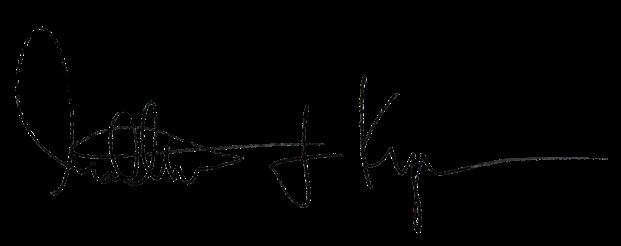
Matt Krueger, Executive Director
05. STATE BUDGET UPDATE
Our members showed their support like never before.
06. CLIMATE TOOLKIT
A guide for integrating climate science into local planning.
08 .
73RD ANNUAL CONFERENCE
Join us in the Wisconsin Dells in March 2026.
10. CONSERVATION AWARDS
Nominations are now open for all 2026 award categories.
12.
2025 FARM FAMILY PREVIEW
Watch a 60-second promo of our soon to premier video.
14.
AREA TOUR SHOWCASE
Learn more about these informative statewide tours.

16.
18 . SUMMER CAMP RECAPS
Hear directly from students about their most memorable experiences.
24.
NCF-ENVIROTHON
Team Wisconsin traveled to Alberta, Canada to compete.
30. MENTOR COHORTS
Hear how our LCC members are connecting at our events.
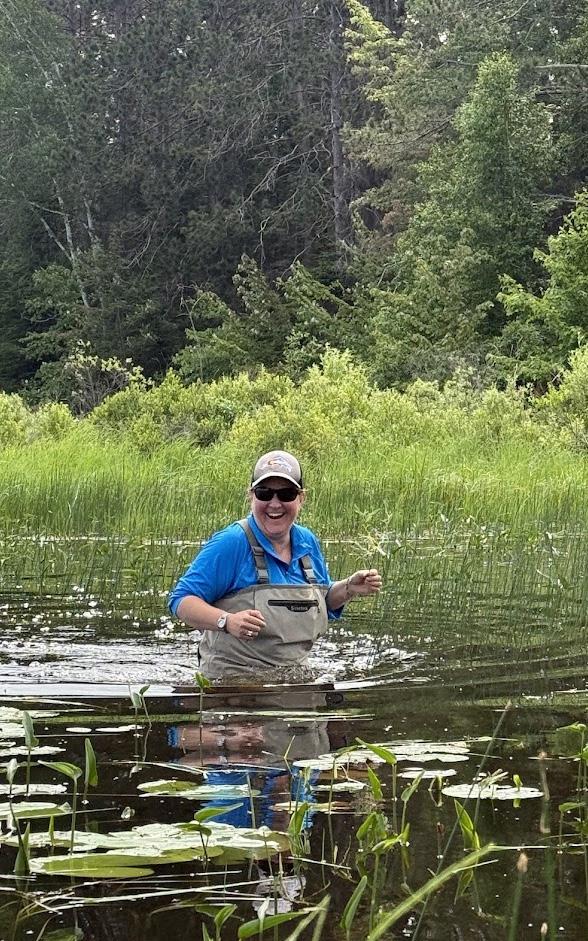
22.

BUDGET DELIVERS LARGEST STAFFING INCREASE IN DECADES, THOUGH WORK REMAINS TO ENSURE SUSTAINED BASE FUNDING.
There’s welcome good news for county conservation staffing coming from the 2025-27 state biennial budget. The state will provide the largest funding increase we’ve seen in decades, at $14,589,500 in 2026 and $15,362,400 in 2027 (up from 2025 funding levels of $11,214,400.)
This is a meaningful victory for county conservation in Wisconsin, and one that would not have been possible without the commitment of our members to advocate for our cause, but it comes with a caveat – the increase is provided on a one-time basis for the biennium, with base funding remaining unchanged at $8,964,100—a level that has not increased since 2018.
Additionally, though the legislative intent was to support the first three conservation staff positions in each county at 100, 70, and 50 percent, respectively (per the funding goal defined in state statute), due to the mismatched timing of budget approval and applications for the subsequent year, funding will cover some, not all, of the state’s 50% portion of the third position.
So, work remains to be done to ensure adequate support in future budgets. WI Land+Water will work alongside our members to continue to advocate for sustained, base funding to ensure counties can deliver critical conservation services for current and future generations.


Wisconsin is experiencing significant climate changes that are impacting communities statewide. Since the 1950s, our state has become approximately 3°F warmer, with precipitation increasing by 17% (about 5 inches). Extreme weather events are becoming more frequent, and the last two decades have been the warmest on record, while the past decade has been the wettest.
County conservation departments are on the front lines of responding to the impacts of climate change on our natural resource. “We must shift our thinking from wondering if the next extreme storm event will occur to planning for when it does,” urged Bob Micheel, Monroe County Land Conservation Director.
Practical, Wisconsin-Specific
That shift just got easier.
Conservation professionals across the state now have their first comprehensive guide for integrating climate science into local land management decisions—the Climate Resilience
Toolkit , developed this summer by Wisconsin Land+Water in partnership with Wisconsin Department of Natural Resources and the Wisconsin Initiative on Climate Change Impacts (WICCI)
“We didn’t want this to be just another planning document,” explained Jenny Pethan, Climate Program Manager. “It’s a hands-on guide that helps transform complex climate science into actionable strategies for Land and Water Management Plans.” The toolkit offers two entry points: a comprehensive 30-page guide with detailed climate data sources and planning frameworks, or standalone workbook pages for teams ready to dive immediately into climate planning exercises.
It follows a three-step framework: assess local climate vulnerabilities, identify opportunities within existing conservation goals, and select specific actions that fit each county’s unique landscape. Counties can access everything from historical temperature trends to future precipitation projections, plus adaptation strategies for agriculture,
forestry, water resources, wetlands, and wildlife.
Toolkit in Action
Counties are already using the toolkit to update hazard assessments and incorporate resilience strategies into plan revisions. More than 40 conservation professionals attended a recent virtual Lunch and Learn session introducing the toolkit. The recording of this session is now avaialbe in our on demand training library.
The interactive session walked participants through the tools and resources shared in the guide. “There’s no one-size-fitsall approach to climate resilience,” Pethan noted. “Counties know their areas best, so they can choose the tools and solutions that make the most sense.”
To learn more about the toolkit or to discuss climate planning, visit us online or reach out to Jenny Pethan
Planning is already underway for our biggest event of the year—the 73rd Annual Conference! Mark your calendars for March 4-6, 2026, when we’ll gather at the beautiful Chula Vista Resort in the Wisconsin Dells for what promises to be an outstanding event.
Thanks to the hard work and planning of our staff, the Professional Improvement Committee (PIC) and the Technical Committee, this is shaping up to be another can’t-miss event. Each August, these committees come together for a day-long joint brainstorming session to explore ideas for conference session topics and events. This collaborative planning is essential to creating a conference that serves our members’ needs.
This year’s planning session saw one of the biggest turnouts yet, which helped keep ideas flowing. Matt Hanewall, Technical Committee Chair, highlighted the value of this joint effort. “Bringing together all PIC and Tech Committee members allows us to tap into our diversity as an organization and tap into the diversity of conservation topics across Wisconsin,” he said.
Tony Reali, PIC Committee Chair, emphasized how the various skillsets and experience levels help shape the conference program. “The ability to bring together a diverse set of skills and experience levels allows us to shape breakouts to a wide range of land and water conservation staff and supervisors,” he explained. “We saw one of our
biggest turnouts at our Conference planning session this year which helps keep the conversation going and the ideas flowing.”
The goal of this intensive planning is to curate a lineup of 40 breakout sessions that cover the latest best practices, technical developments, and professional growth opportunities for our diverse membership. “Finding out that the sessions taking place are providing the information and education that WI Land+Water members are looking for is the biggest reward,” explained Tony.
Both chairs were excited about session ideas that reflect the varied interests of conference attendees. Matt pointed to a practical topic that would benefit everyone working in conservation: a session on property ownership. “What is the difference between LLC, Trust, Corporations & Individuals? Why is it important for cost share paperwork? What documents do we need to see to verify the landownership? I think this topic is relevant to anyone who works in conservation,” he noted.
Tony highlighted a session designed to foster dialogue between seasoned and emerging professionals. “I think the Young Conservation Professionals Network has the potential to reflect some pretty diverse perspectives,” he said. “Having a panel of experienced conservation professionals from around the state and a group of inquisitive young minds asking questions should create a pretty good discussion.”
WE NEED YOUR HELP CELBRATING OUR MEMBERS AND PARTNERS THAT GO ABOVE AND BEYOND

Every day across Wisconsin, dedicated individuals work tirelessly behind the scenes to protect our waters, restore habitats, and educate the next generation about conservation. Now it’s time to shine a spotlight on these unsung heroes – and we need YOUR help to find them!
The 2026 Conservation Awards nominations are officially open, and we’re searching for conservation champions who deserve recognition for their outstanding efforts. From county employees who go above and beyond their daily duties to passionate youth educators who inspire the next
generation, these awards celebrate the people who embody the true spirit of our conservation community.
“There’s something truly amazing about recognizing people for their incredible work,” says Chris Schlutt, who coordinates the awards program with the Professional Improvement Committee. “Every nomination tells a story of someone who’s making a real difference. When we honor these champions, we’re not just celebrating their achievements – we’re inspiring others to follow their lead and showing communities the incredible impact that dedicated individuals
can have on our natural resources.”
Last year, we transformed our Conservation Farm Family of the Year Award into something truly special. Instead of the traditional Conservation Observance Day, winners will now be featured in a professionally produced short film that showcases their farm, highlights their innovative conservation practices, and shares their unique story with audiences across Wisconsin.
“The filming day this summer was absolutely incredible,” shares Kristin Teston, Communications Director. “We had an entire



professional crew on site, and we spent the whole day capturing not just what Roger does, but why he does it. Being able to provide our dedicated farmers with a lasting keepsake that preserves their conservation story and legacy –something they and their families can treasure for generations – makes this award truly meaningful. It’s a permanent tribute to their hard work and commitment to the land.”
Those attending the upcoming County Conservation meeting in October will get an exclusive first look at the 2025 Conservation Farm Family of the Year Award winner video, featuring Roger Bindl of RB Farms from Sauk
County. We’ll also host a short Q&A session with our staff and Melissa Schlupp, where we can discuss the exciting shift from hosting Conservation Observance Day to creating these powerful short films.
“We’re absolutely thrilled to premiere this video,” says Kristin. “It’s such a powerful way to showcase not just Roger’s incredible work, but the heart and passion behind that drive our members’ work. We can’t wait for everyone to see it.”
The 2025 Conservation Farm Family of the Year video, Caring for The Land, will premiere at the Conserve Sauk Film Festival , giving their conservation story
a platform to inspire audiences throughout the state.
Our Award Categories
This year, our goal is to have a nomination in each category, so don’t let another conservation champion go unrecognized. Whether it’s the administrative assistant who keeps everything running smoothly, the farmer implementing innovative practices, or the educator inspiring young minds – every nomination matters. These individuals are making Wisconsin a better place, one conservation project at a time.
Learn more about the categories and nomination dates:
Outstanding Conservation
Employee (Three Categories):
» County Conservationist/ Administrator/Supervisor
» Technician/Planner/Project Manager/GIS Specialist/ Agronomist
» Administrative Assistant
(We had ZERO nominations in this category last year! There are amazing administrative assistants throughout Wisconsin’s conservation community – let’s see lots of nominations this year!)
Recognizing land conservation committee members providing strong leadership
of Conservation
Honoring individuals outside our organization making outstanding contributions
Conservation Legacy Award
Celebrating lasting contributions to Wisconsin’s conservation community
Brad Matson Youth Education Award
Outstanding Youth Educator, carrying on Brad’s legacy of educating our youth about natural resource protection
Promoting farm conservation accomplishments and community involvement
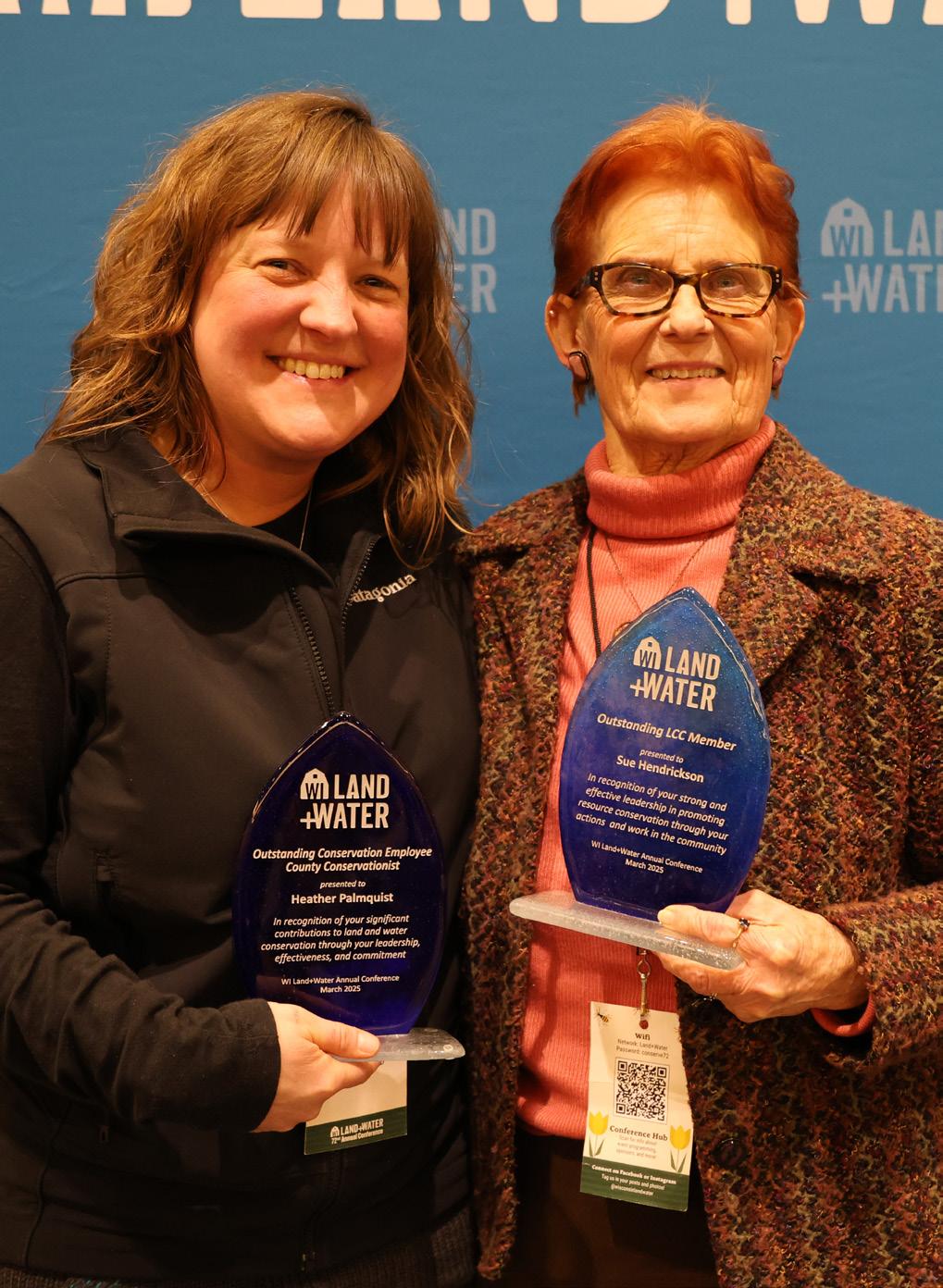
How to Nominate
Ready to nominate a conservation champion? Find information about each category, nomination materials, and inspiring stories from our 2025 winners, visit wisconsinlandwater.org/awards
Important Details
Nomination Deadline: December 31, 2025
Awards Ceremony:
Thursday, March 3, 2026 at our 73 rd Annual Conference
Questions?
Contact Chris Schlutt – she’s here to help guide you through the nomination process!
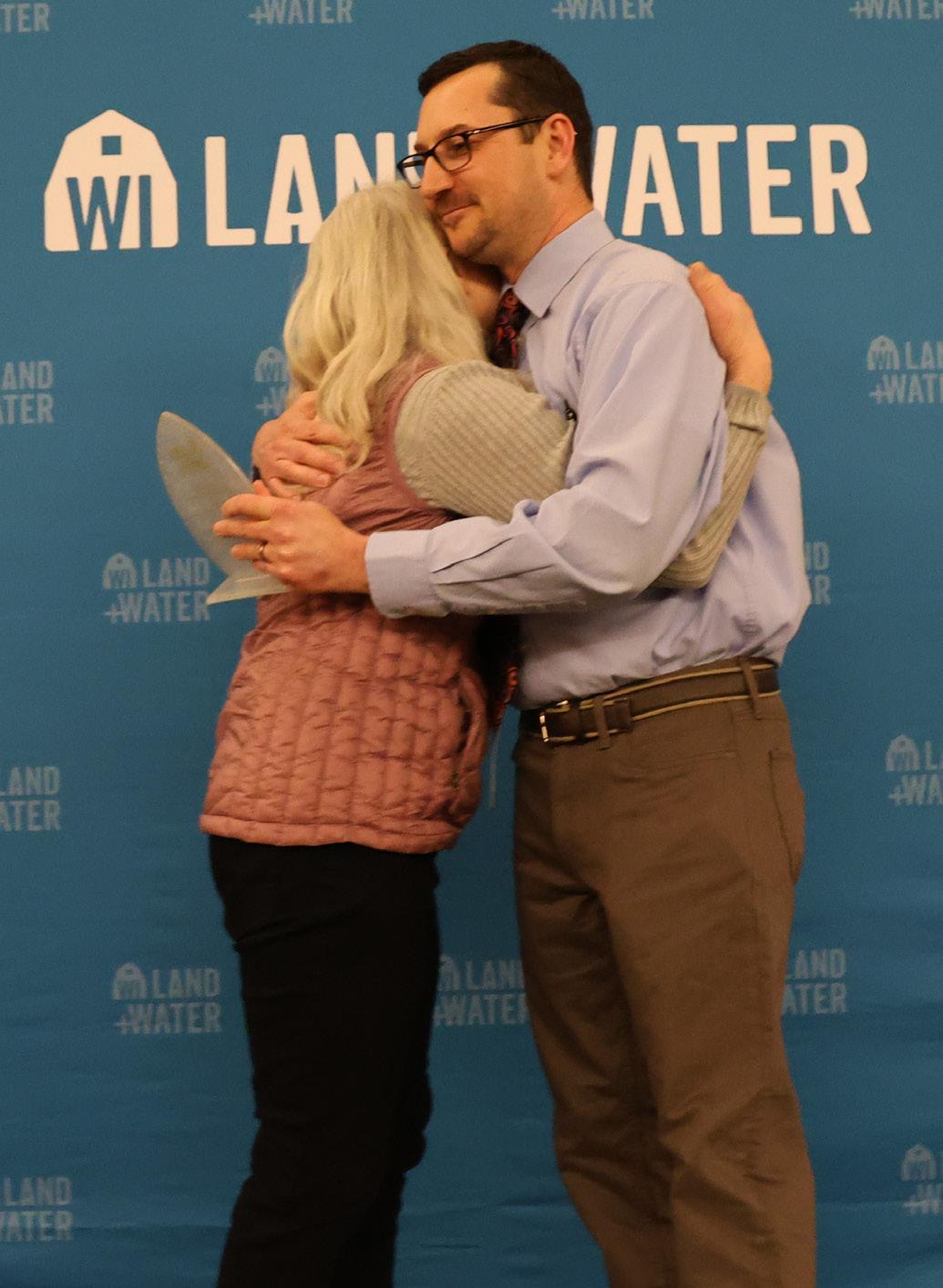
A COUNTY’S RECENT CONSERVATION PROJECTS AND PRACTICES
Every summer and fall, Wisconsin’s eight regional Area Associations open the doors to discovery through their Area Tours. These events aren’t just field trips—they’re a chance for county leaders, conservation staff, and partners to step out of the office and into the landscape, seeing firsthand how conservation is shaping the future of Wisconsin’s farms, waters, and communities.
An Area Tour is hosted by one county within an Area Association, and it brings together participants from across the region. The format is simple but effective: gather in the morning for coffee and conversation, then load up on a bus to spend the day visiting local conservation sites. By the end of the day, attendees have seen projects in action, met the people behind them, and shared a meal and conversations that strengthen professional connections.
The projects highlighted are as diverse as the land itself. A tour might include a reclaimed mine site, a restored wetland, or a family farm experimenting with new conservation practices. The host county selects sites that show how they’re addressing local challenges—whether it’s improving soil health, protecting drinking water, or balancing working lands with wildlife habitat. Presenters range from landowners to county conservationists and agency partners, giving participants a complete picture of how conservation happens on the ground.
For example, Jefferson County’s Southern Area Tour showcased a wetland restoration, a pasturebased farm, and even a biorefinery working to shrink
its environmental footprint. In Chippewa County, the West Central Area Tour explored topics from nitrogen research to mine reclamation. The North Central Area Tour in Lincoln County brought participants to a cranberry bog, a reclaimed mine, and a wetland project more than a decade in the making. Washington County’s Southeast Area Tour highlighted streambank restoration, prairie strips, and an innovative rotary parlor milking system. And the Lake Winnebago Area Tour gave a full picture of Flyte Family Farms, where organic acreage, fruit crops, and livestock all intersect.
Each tour also includes a midday break for lunch— often showcasing a local restaurant. A major goal of the area tours is to keep the registration fees affordable, usually between $10 and $25, ensuring these educational tours remain accessible to all.
What makes Area Tours special is the perspective they offer: conservation is no longer an abstract idea or a line in a report—it’s something you can stand in, walk through, and talk about with the people making it happen. Participants return home with new ideas, deeper connections, and a stronger sense of what’s possible in their own counties.
With eight Areas across the state—Southern, West Central, North Central, Southeastern, Lake Winnebago, Lake Michigan, Northwestern, Western—these tours ensure that every corner of Wisconsin has the opportunity to both showcase its conservation successes and learn from others.

Get engaged with your Area by attending an upcoming meeting or tour. Learn more at wisconsinlandwater.org/ members-hub/area-associations
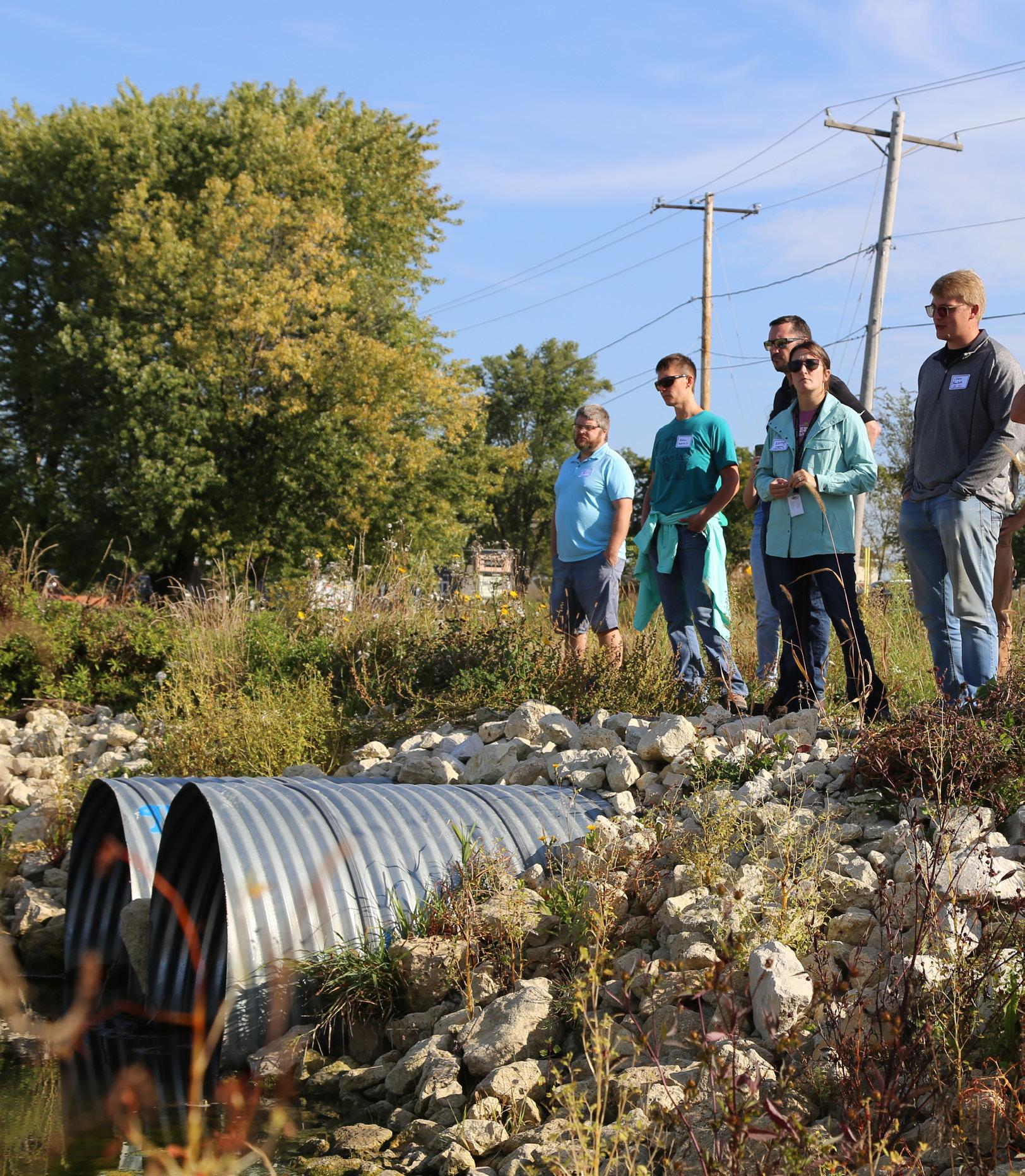
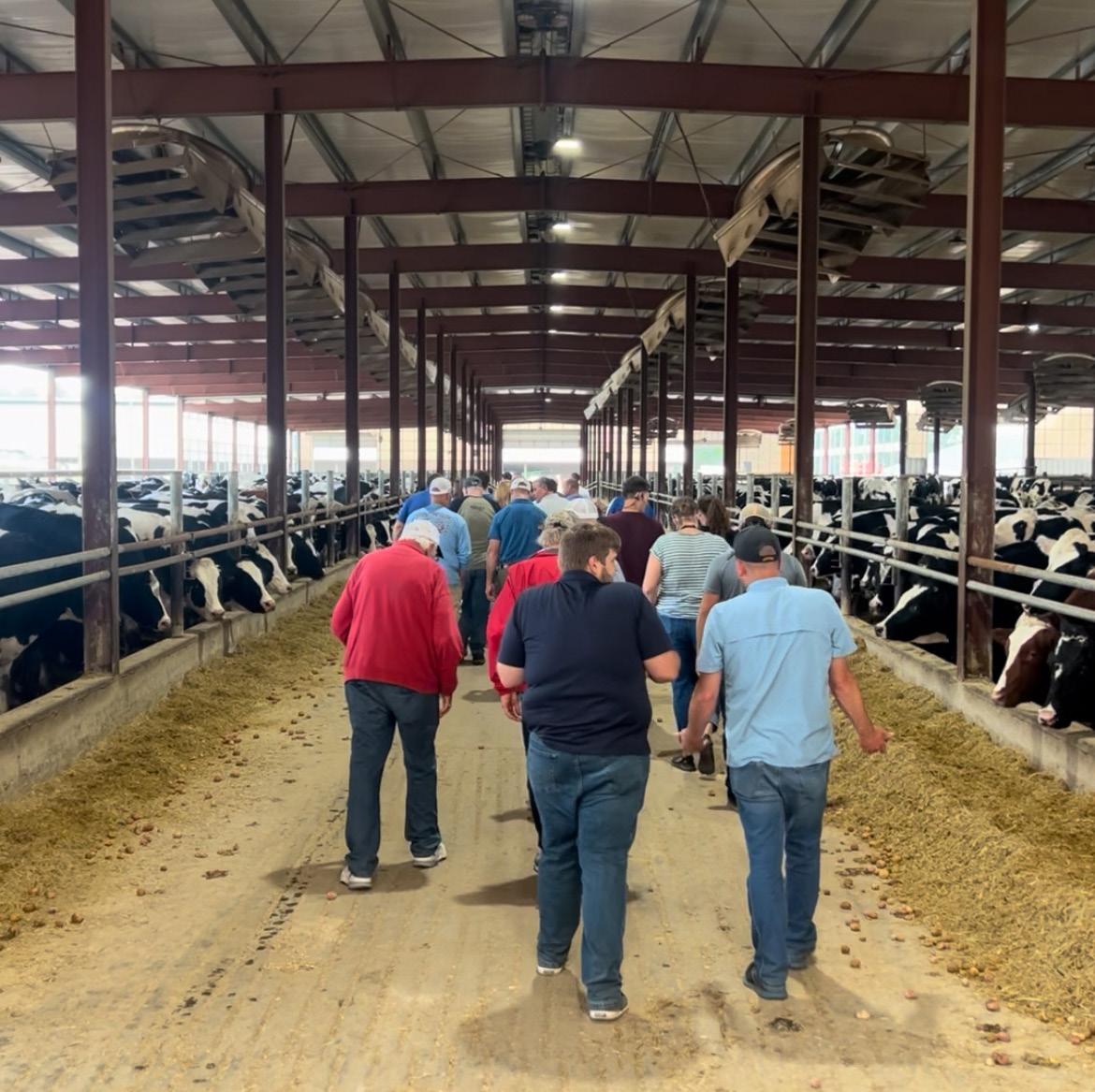

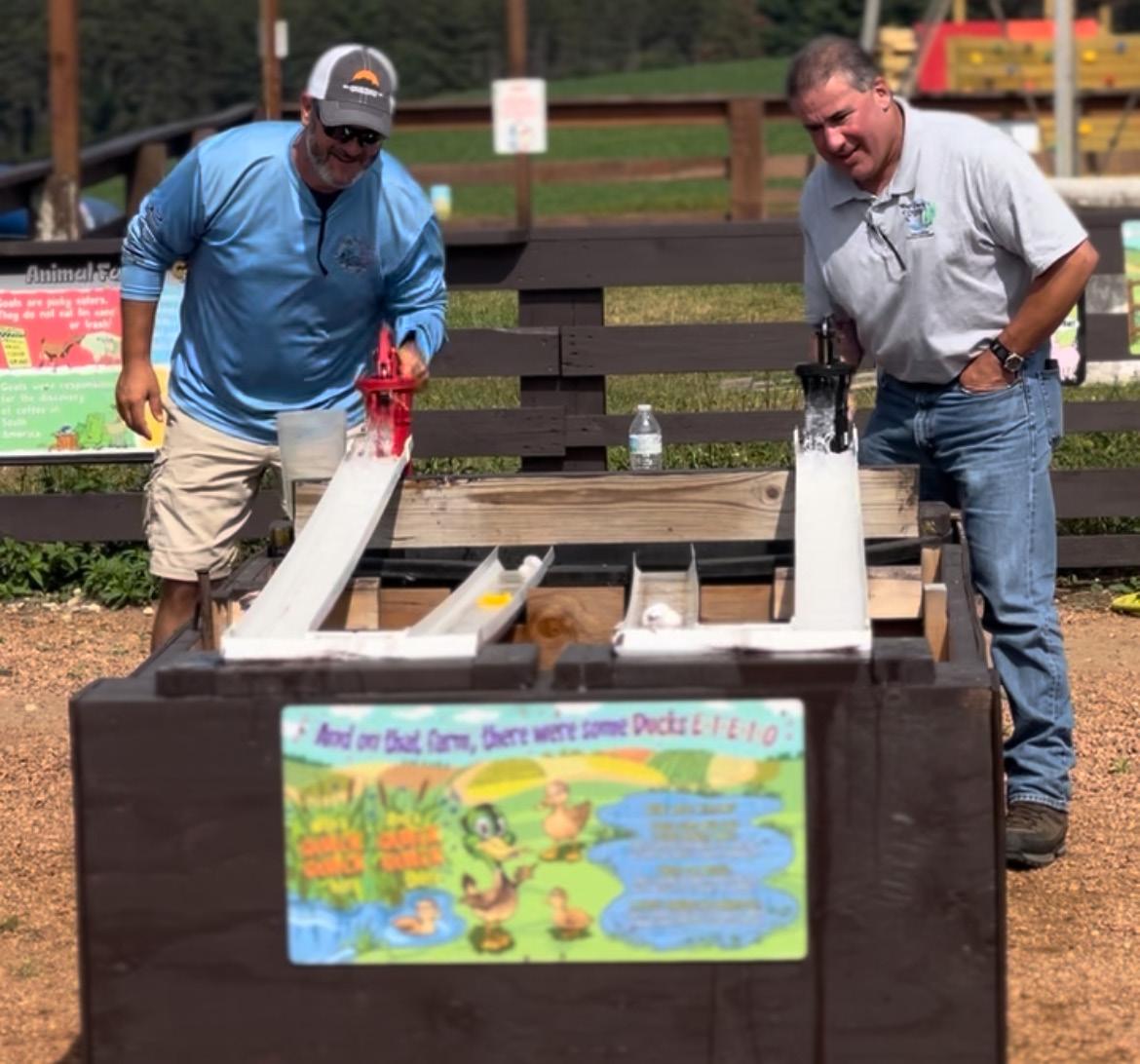
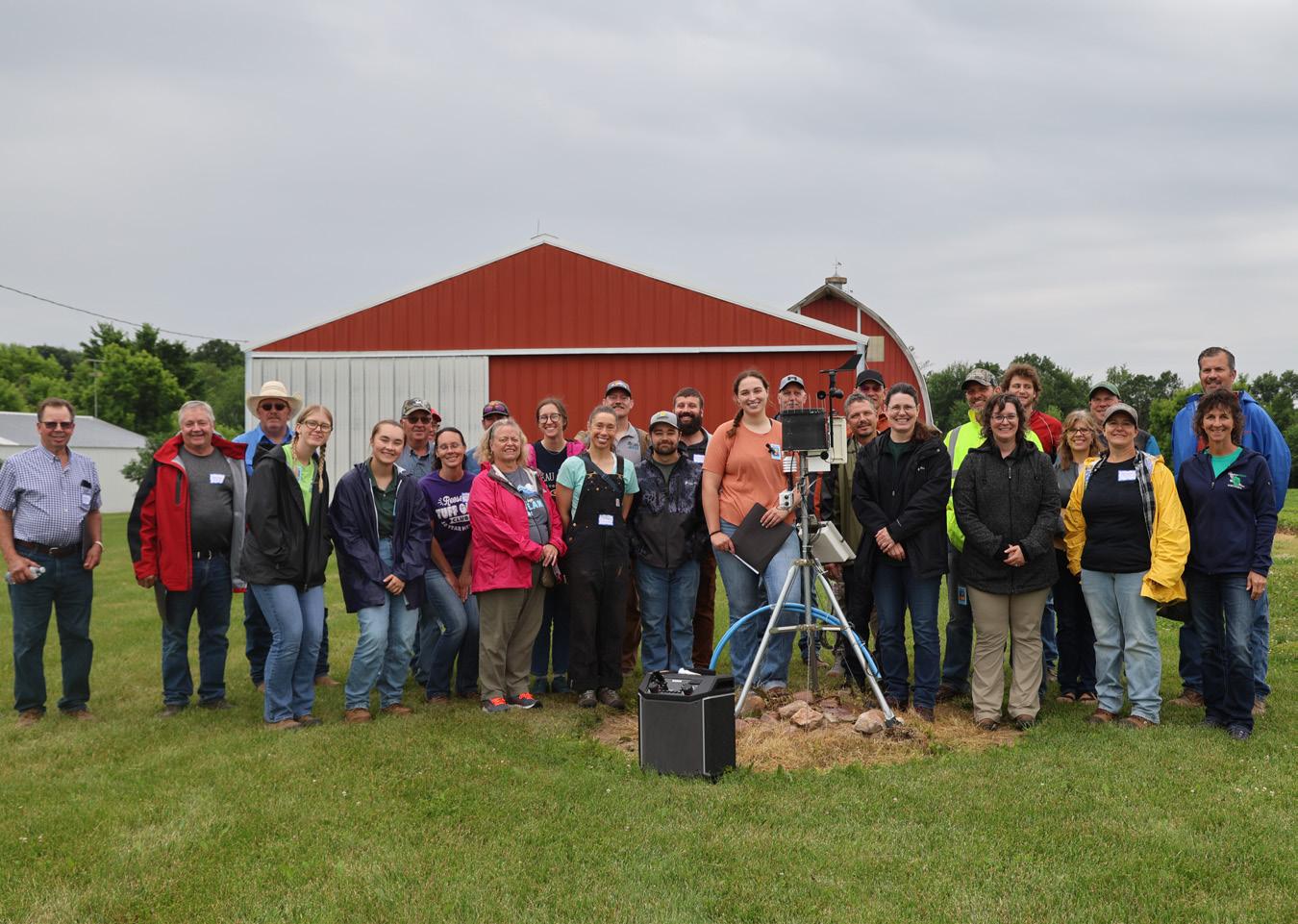
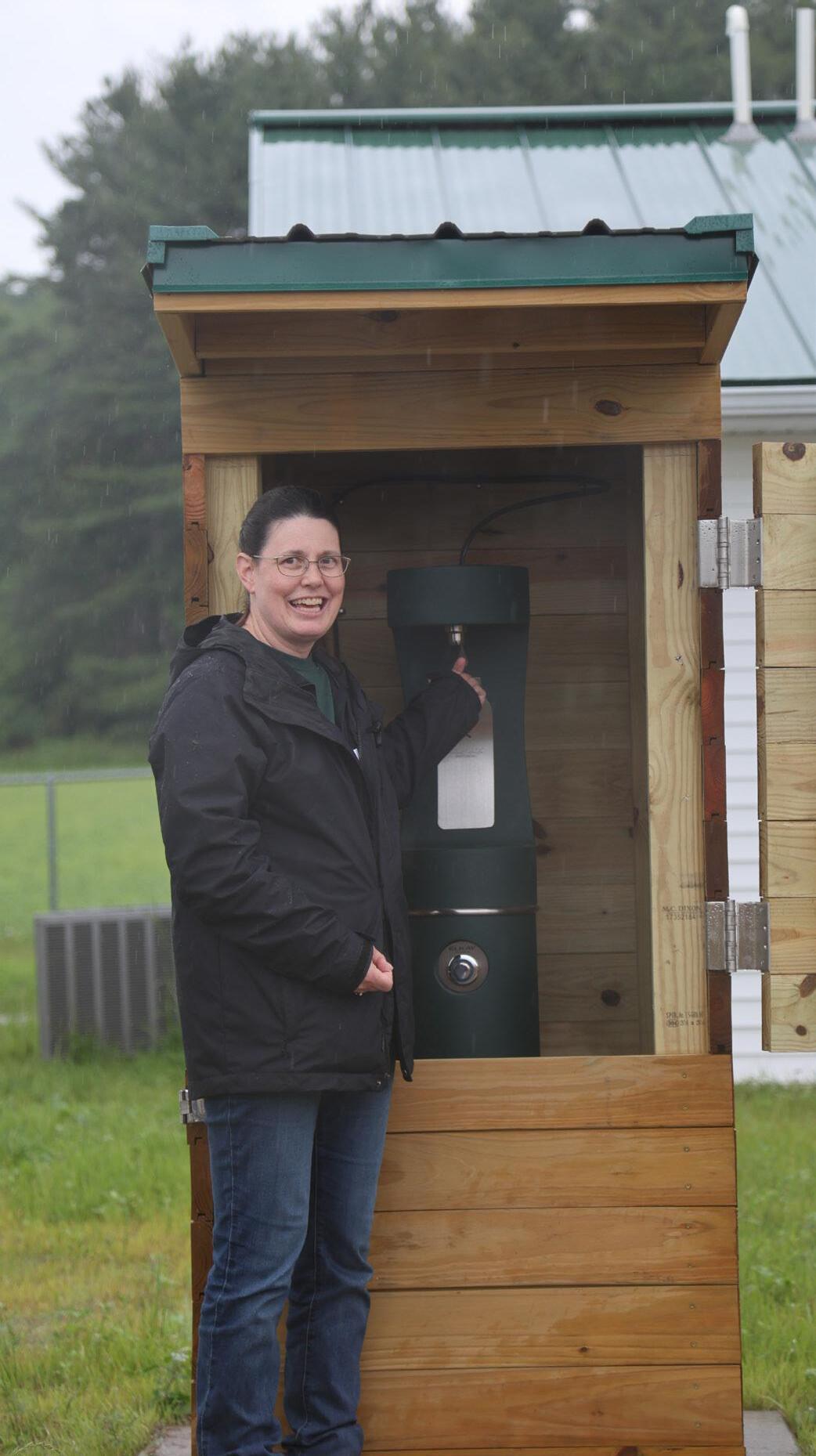

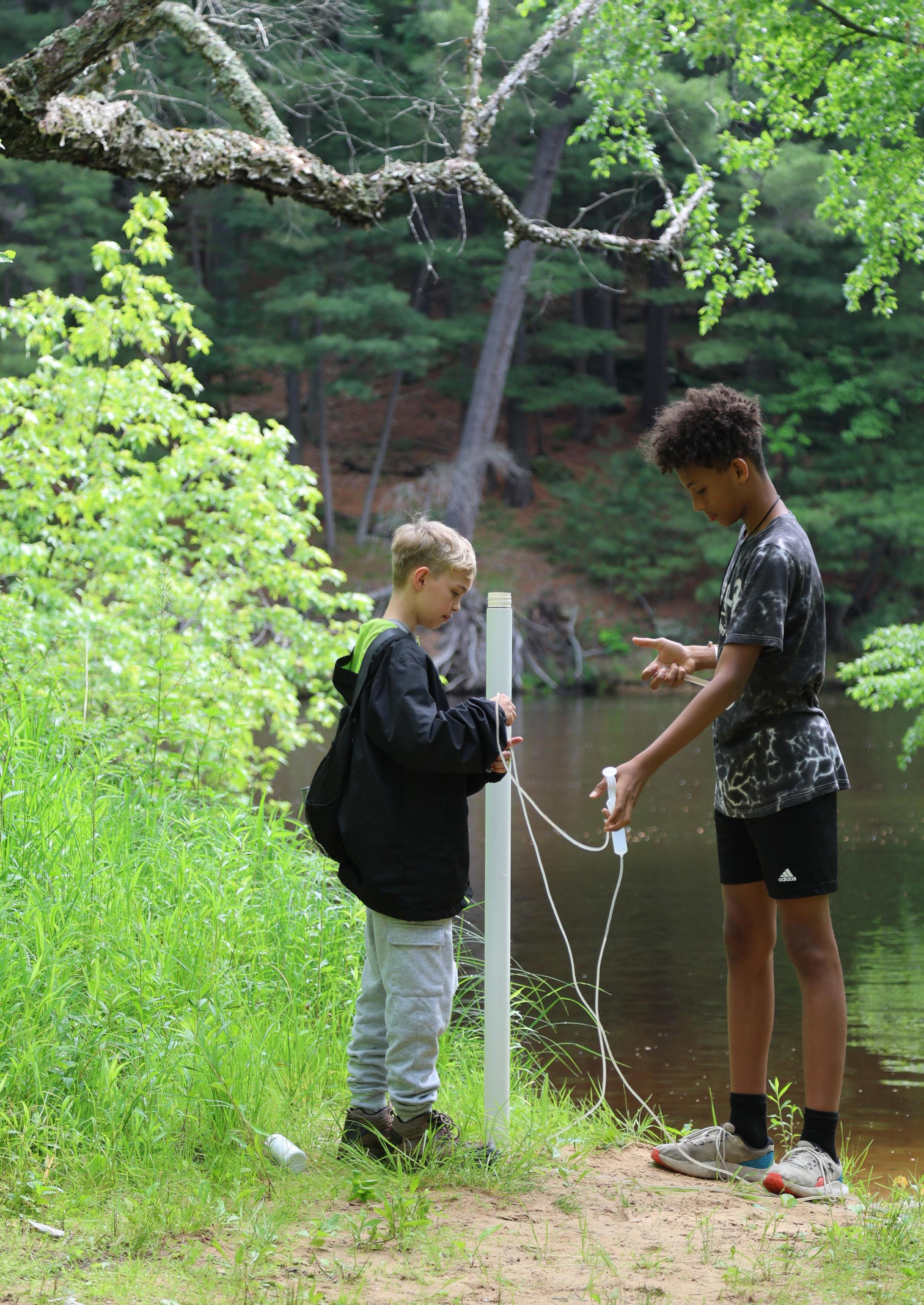

WITH THE SUPPORT OF OUR CONSERVATION COMMUNITY, WE’RE INSPIRING THE NEXT GENERATION OF CONSERVATION LEADERS.
This summer, our conservation camps connected middle and high school students with nature and career opportunities through hands-on learning experiences. Campers engaged in real conservation projects, including groundwater monitoring near the Wisconsin River at Upham Woods in Sauk County and habitat restoration at the North Lakeland Discovery Center in Iron County.
Middle school participants learned species identification, built survival shelters, and competed in fire-starting challenges while developing confidence and independence. High school campers worked directly with natural resource professionals in wildlife management, habitat restoration, water quality assessment, and forestry, gaining exposure to potential career paths in conservation.
A growing scholarship network ensured broad participation across Wisconsin’s communities. The Brad Matson Memorial
Conservation Camp Scholarship, established to provide financial support to students interested in attending our Middle or High School Conservation Camps. Many of our county land and water conservation departments also provide camp scholarships for students to attend our MS and HS camps. They either cover half or the full cost of camps. For counties that offer camp scholarships please check our website for a list of counties and how to apply.
We are fortunate that other partner organizations see the value in sending students to our conservation camps that they also offer camp scholarships. Fond du Lac Audubon Society has been offering scholarships for students to attend both camps for years. Transcendent Technologies offers a full scholarship for a student to attend our Middle School camp and new this year, SCOPE (Sawyer County Outdoor Projects & Education) provided scholarships for both of our camps.
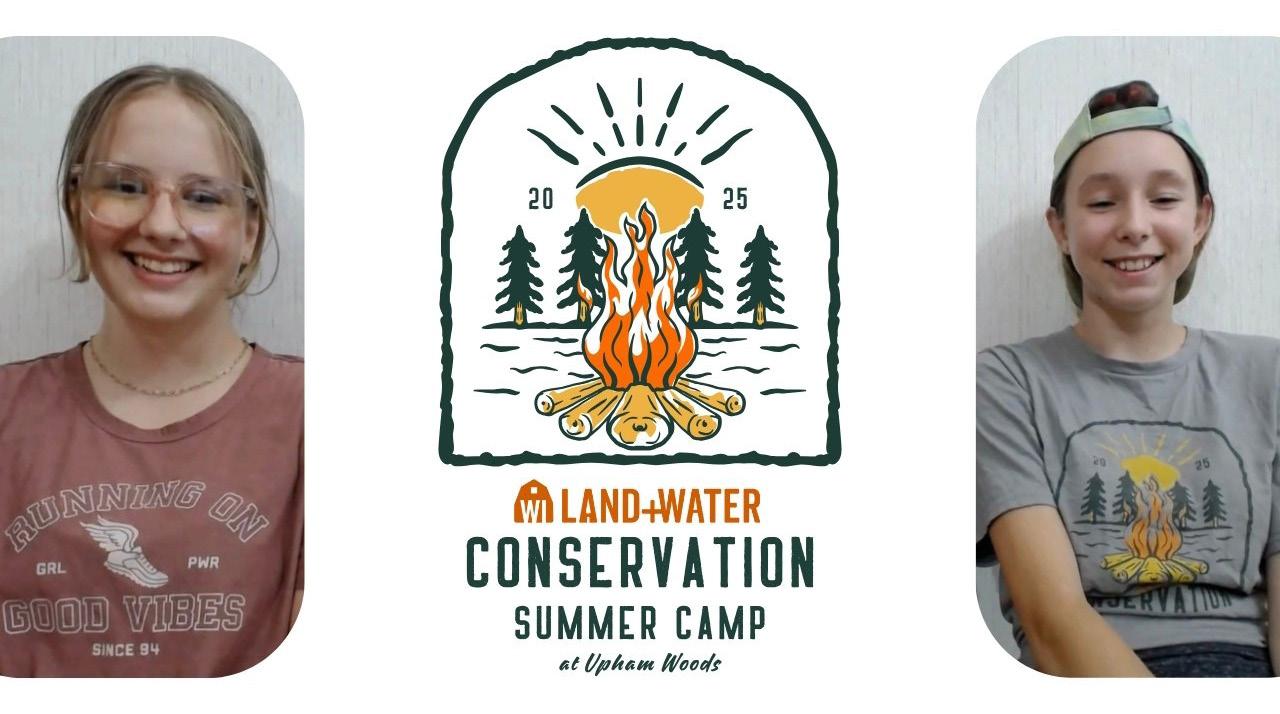

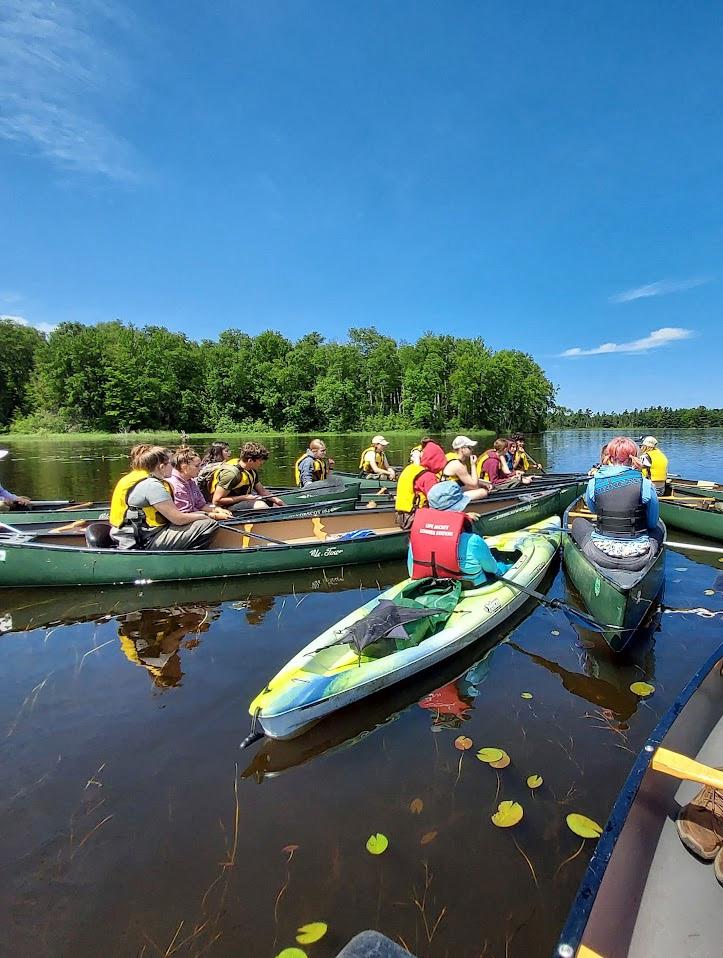
At this camp one of the things I remember is canoeing. The reason I remember this is because I got to tip the canoe, go to many places, and it was my first time canoeing. Before I canoed, I was excited to try it. After I tried canoeing it was more fun than I thought it would be. When we went canoeing the second time, we were able to bring our fishing rods to the turtle flambeau flowage where we learned about wild rice, and how willow trees helped prevent the erosion of the islands for the time being.
On the last day of camp, we went to a native American reservation. We learned about the history of their people and how they were treated before the peace treaties. After we listened to the people talk about their history we split into two groups. The first group went to their fish hatchery where they raised musky, brown trout, and bass. When we finished there, we went to one of their old boarding schools.
DNR Conservation Warden Derek Hansen talked to us about his job and showed us his truck which had a lot of extra buttons and very loud sirens. He also showed us the items in his vest, like guns and tasers. His talk was one of my favorite parts of camp. We were able to ask him questions afterwards. We ended the day with a campfire and yummy s’mores. We also sang some songs and did some funny skits.
The next day was very busy. We did groundwater research in the morning. We collected samples of groundwater and then did pH tests. Next, we hiked North Shore Trail. It was long and rocky. On that trail we got to see lots of amazing sandstone structures and lots of plants and wildlife. Our hike was also a favorite part of camp for me.
After lunch, we had another outdoor skills activity which was outdoor survival. We learned how to logically think in a life or death situation in the wild. We made our own fires with only sparks, things we found in nature, and cotton balls. I was surprised at how quickly our small group was able to successfully start our fire.
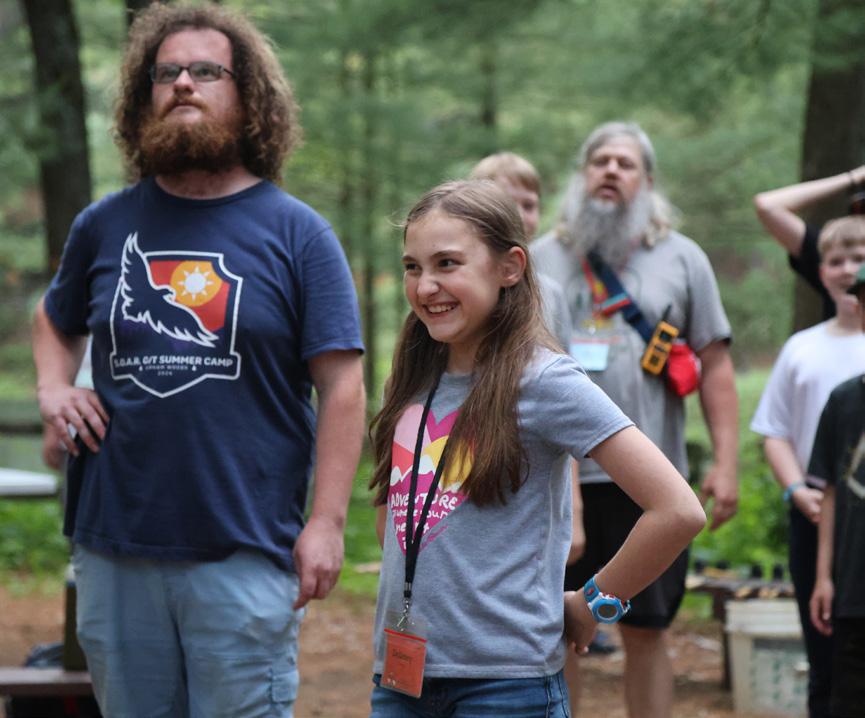

One of my favorite things I learned was how to build a survival fire after it rained with only damp things and flint & steel. I had a great learning experience where they taught us about the effects of phosphorus in the water. If there is too much of it, the phosphorus will harm our waters, but little of it doesn’t do anything bad. They showed us a diagram of real places and what would happen if the debris, chemicals, or phosphorus got into the water.
Another thing I really enjoyed was building the shelters with my new friends. My favorite part overall was the campfires that we had where we got to sing, play in skits, and eat s’mores and pudgy pies. It was fun and we got to hang out with people from all over Wisconsin. I also enjoyed the night games, for hours we played ghost in the graveyard with the whole camp, even some of the counselors joined in. We got to run around and hide until the whistle was blown and then we had to try and make it to the safe spot without getting tagged. We also did archery, I even got a bullseye which was very exciting.
I would definitely recommend going to camp to all of my friends and other people in my school. I really want to go again next year and have another fun experience. I had a great time at camp and all the adults were very kind.
I went to the Middle School Land and Water Conservation Camp in June and had a lot of fun.
I enjoyed the water carnaval the most. It was fun because we got to do all sorts of water related things without having to pass or take the swim test!
I also really liked the hike and being able to go up and see the cave. I took a lot of pictures of the bluffs and the water. Below I put my favorite picture of my whole trip. It was so beautiful.
The food was amazing. The counselors were also very nice and they made us feel safe and like we were at home even far away from home. I was a little homesick the first time, but my new friends and my counselors really helped me.
I had a very nice time and will definitely be coming back!
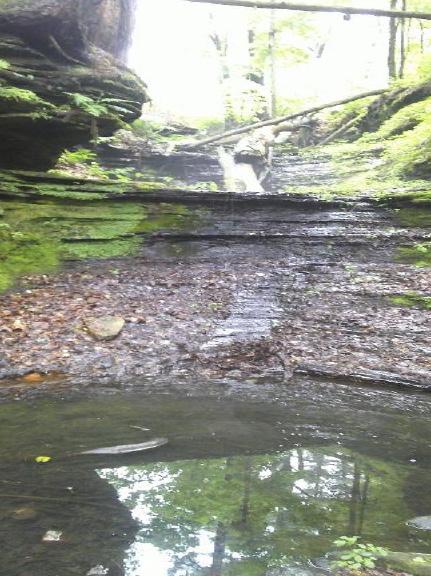

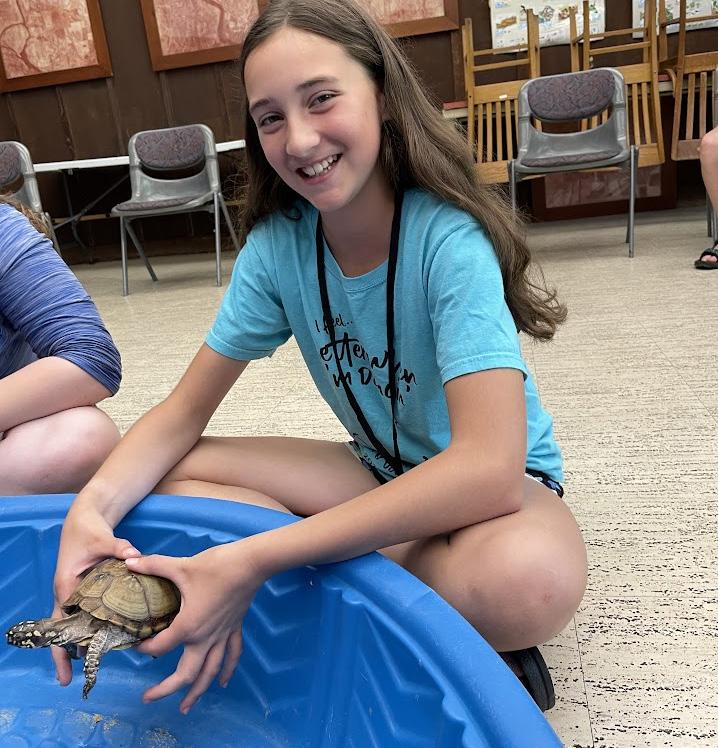



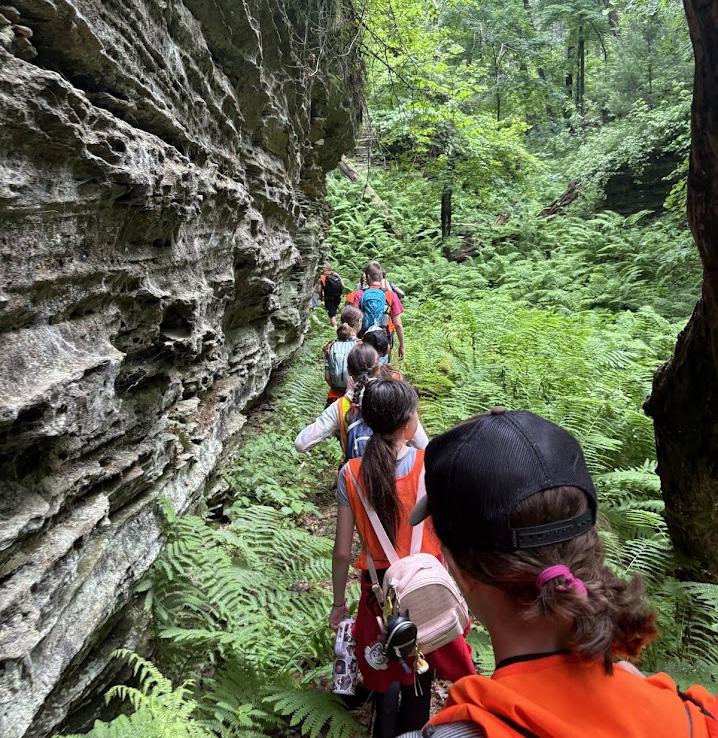
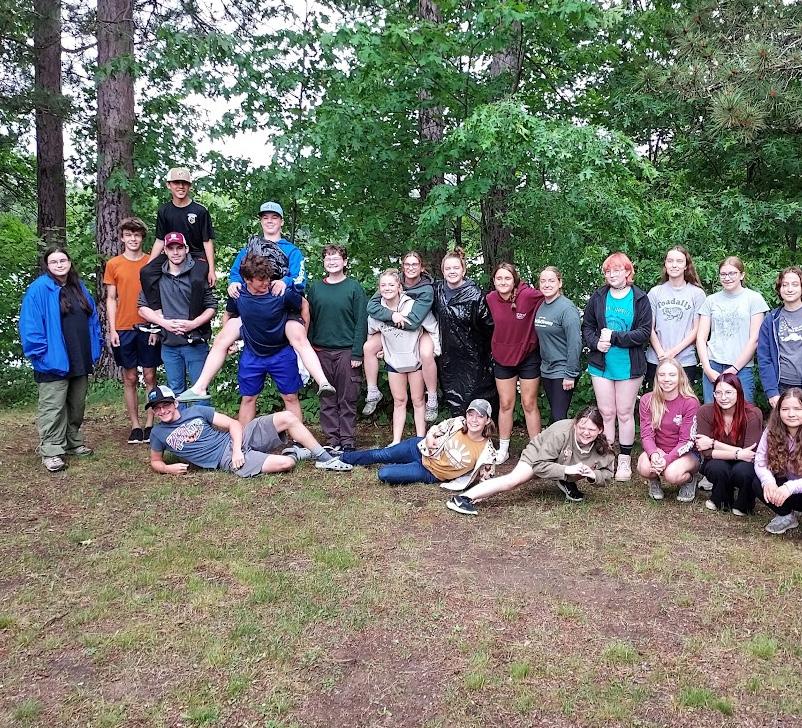
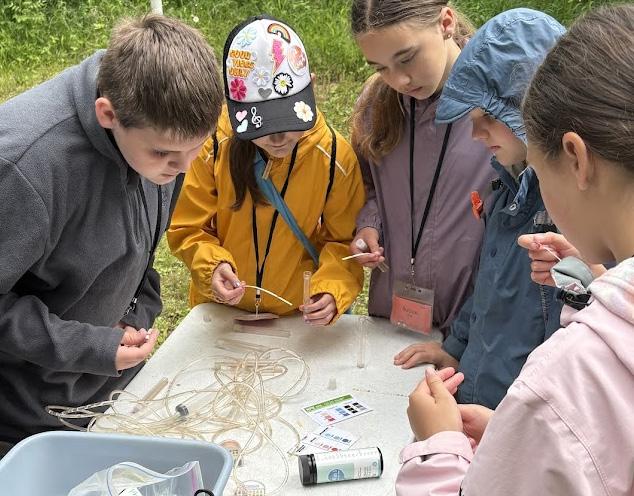



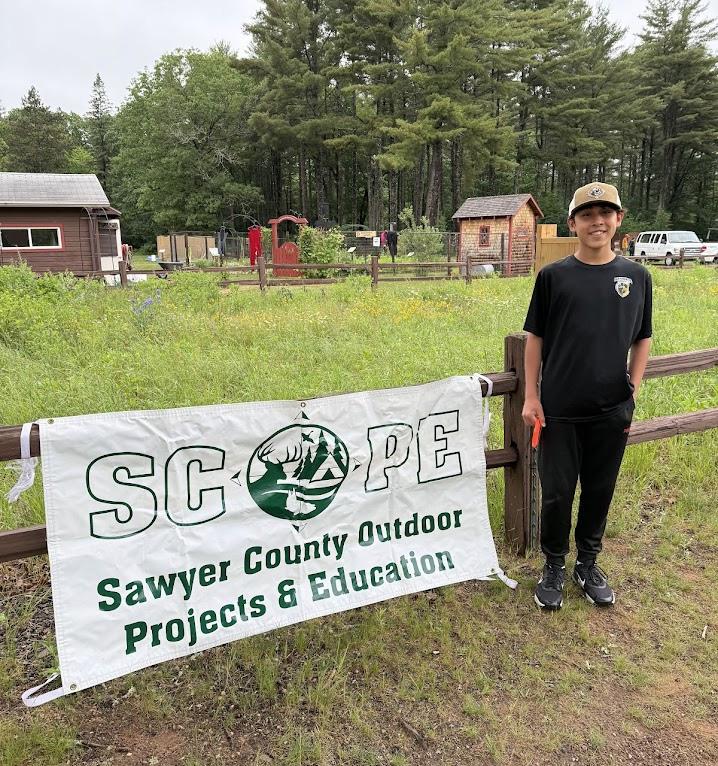

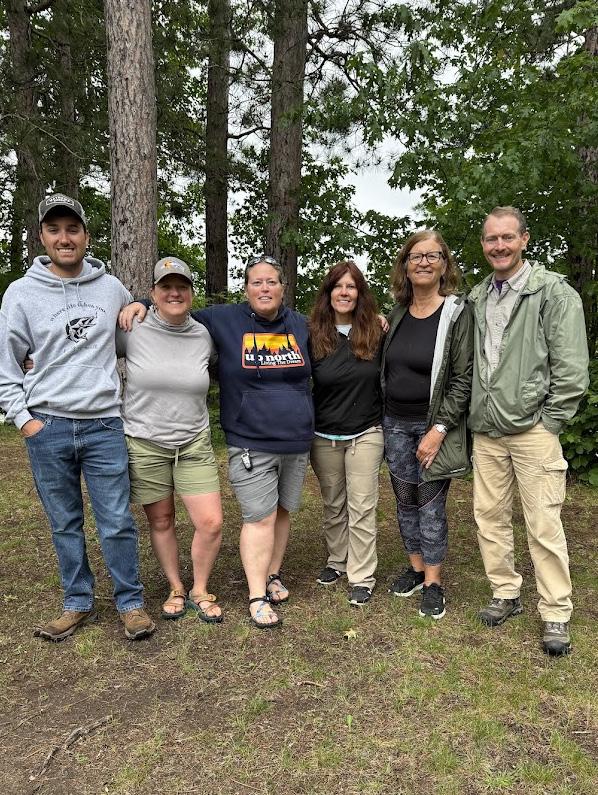

HEAR FROM THE NEXT GENERATION OF CONSERVATION LEADERS ABOUT WHAT MAKES THIS UNIQUE EXPERIENCE MEMORABLE
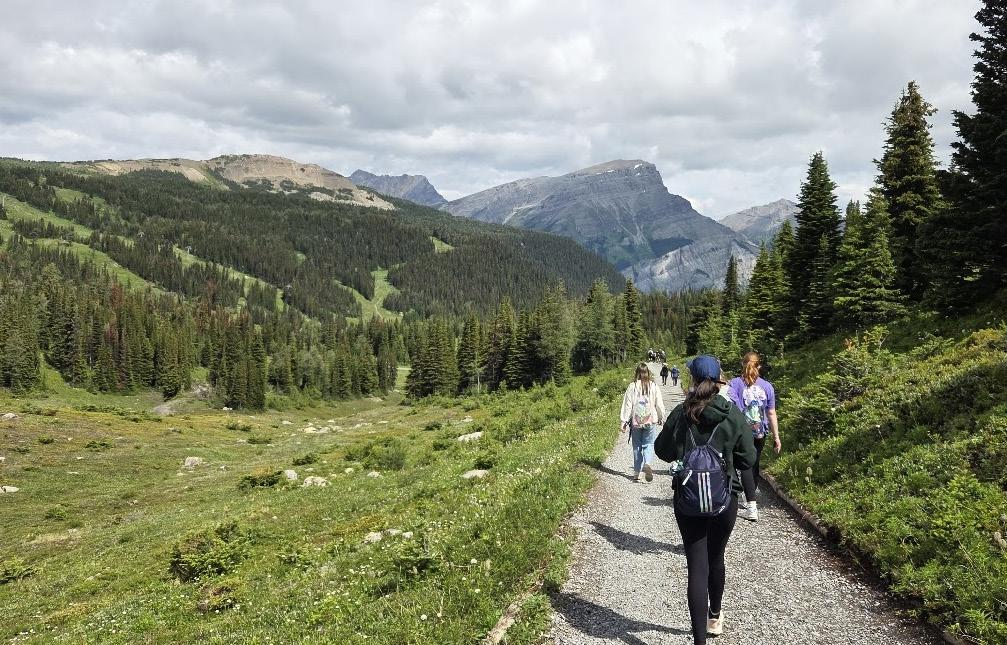
The Cedarburg High School Envirothon team, representing Wisconsin for the second consecutive year, traveled to Alberta, Canada, for the NCF-Envirothon Annual International Competition This multi-day event tests students’ knowledge in areas like Aquatic Ecology, Forestry, Soils/Land Use, and Wildlife.
Team Wisconsin’s week was packed with immersive learning and activities. They began with a full day of field training, learning directly from local natural resource professionals. The following day involved rigorous field testing across the subject areas. A highlight of their trip was an educational excursion to Banff National Park, where they took in breathtaking views from a gondola, explored the town, and saw birds of prey up close during an evening social. The competition culminated in the team spending a full day preparing and delivering an oral presentation on this year’s current issue, “Roots and Resiliency: Fostering Forest Stewardship in a Canopy of Change”. This experience not only tested their knowledge but also forged lasting memories and strengthened their passion for environmental stewardship. Meet the team and read more about their adventures.
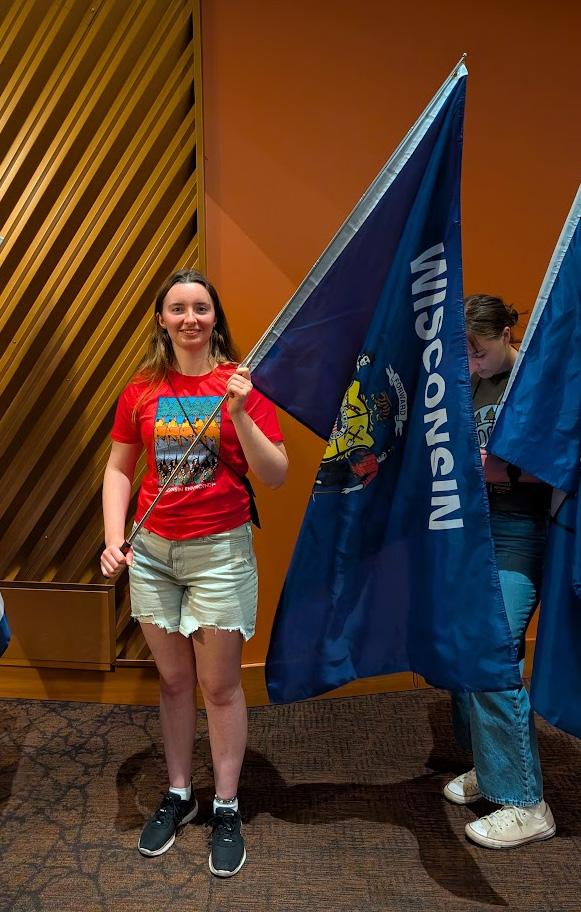
KATIE SCHLICHT TEACHER
The CHS Envirothon Team had an amazing time at NCF-Enviothon Nationals in Alberta. Students were able to learn from experts in the fields of Natural Resources as well as meet peers from all over who are just as passionate as they are about the environment. A stand out memory for myself and the team was visiting Banff National Park on the educational fun day and seeing birds of prey up close at the dinner hosted that evening.
Reflecting on this opportunity has put into perspective the value of teamwork, preparation, and dedication to environmental stewardship our Envirothon Team has to achieve their back to back wins at the state competition. As the team’s advisor, I have witnessed each team members’ journey from the early stages of preparing for the competition and discovering the limitless amount of information they could learn to the culmination of all their hard work by getting to experience two national competitions. I have been blown away by the team’s dedication to becoming environmental stewards and their drive to one day become leaders in sustainability and conservation.
One thing that I love about Envirothon is that it is not an individual event, it takes a collective effort from every team member to be successful. Students are learning valuable skills in working together such as how to communicate effectively, share responsibilities, and trust each others’ strengths. Collaboration is an important skill for their future careers, especially if it involves solving environmental issues. I feel as though being a part of Envirothon students are set up for success in whatever they choose to pursue in the future.
In addition to learning key skills students also have the opportunity to network with local professionals such as the WI DNR, land trusts, land & water management groups, and conservation stewards. Any of these professionals could have an impact on choosing a future career path or jumpstarting a lifelong love of nature.
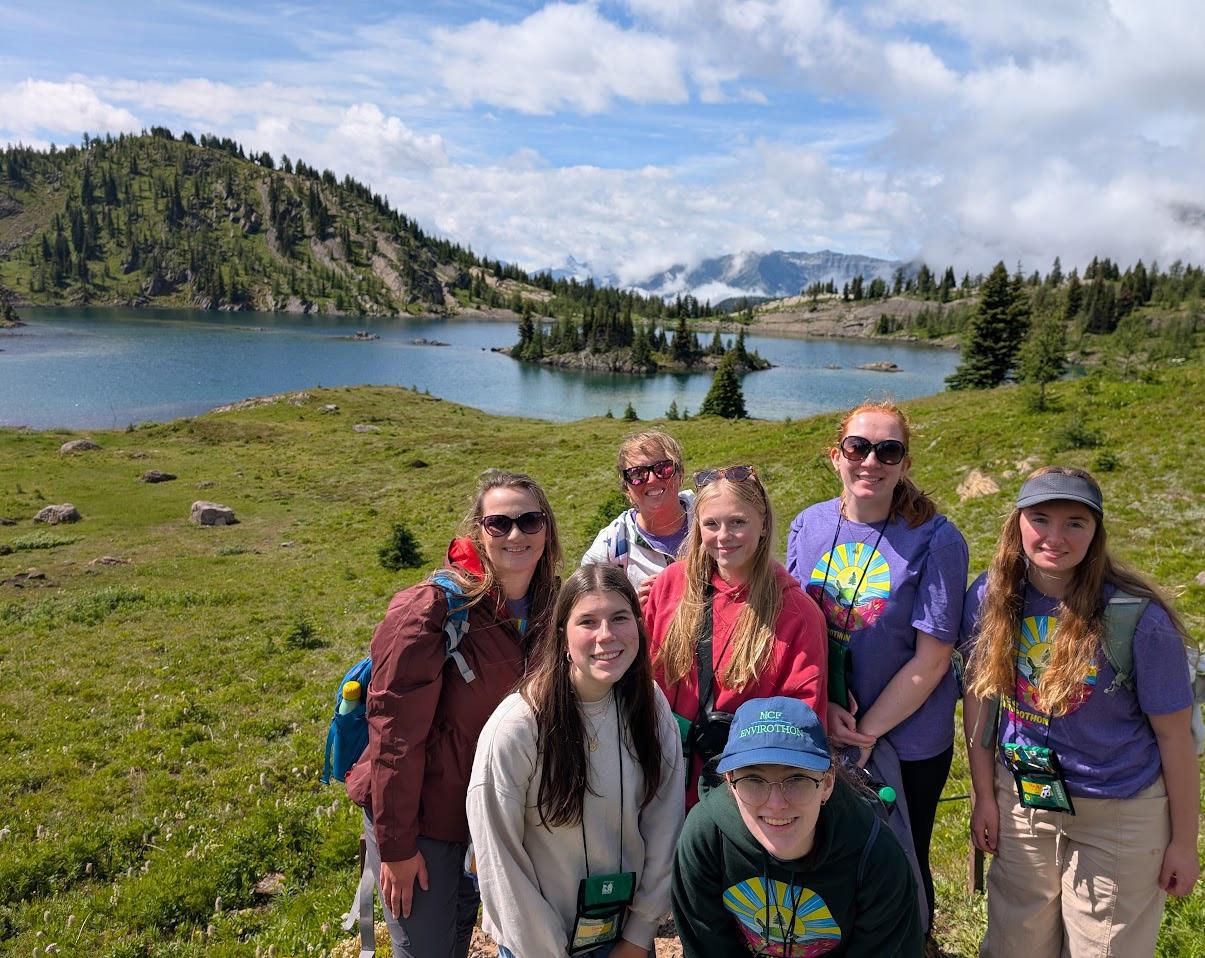
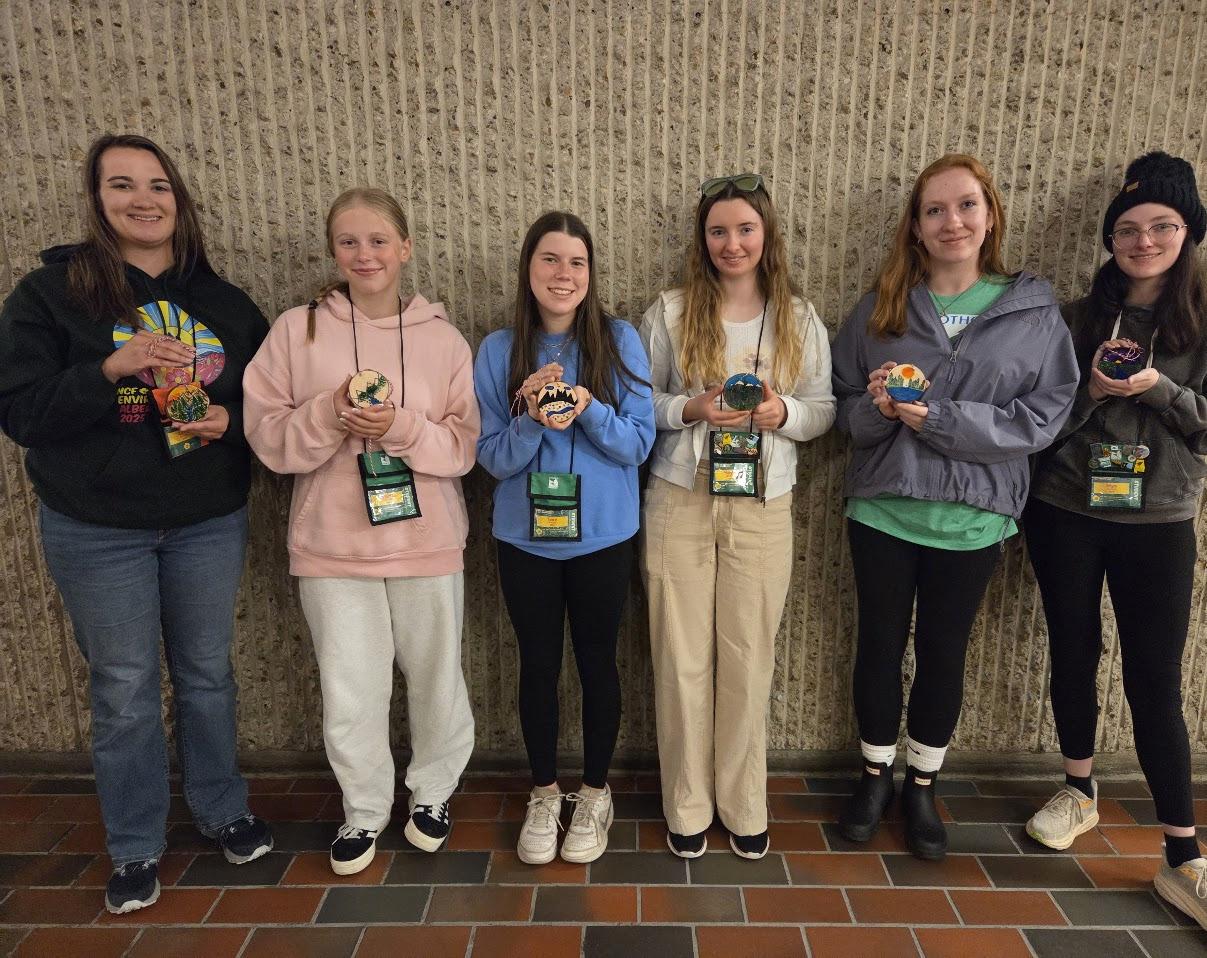
I am truly grateful to WI Envirothon for all their support in helping the CHS Envirothon Team participate at State and Nationals these past two years. I know the team has made lasting memories and will forever be positively impacted by their experience at Envirothon. I could not have asked for better students to mentor over the past two years and I hope more students are inspired to join the team. As a teacher and mentor I have gotten to live out my dream of sharing my passion and love of the environment with students and I could not be more thankful for this opportunity.
I’m going into my freshman year of college at UW-Stevens Point and majoring in Wildlife Ecology, hopefully to work in the national park service one day! My favorite thing I learned while in Canada was about the caribou migration and the many species that are impacted, especially wolves. They also talked a lot about the caribou and other deer-like species’ antler shapes and how to tell them apart on the training day, and I think that knowledge will stick with me for a long, long time. All in all: thanks for everything, Envirothon. I’ll have a huge leg up in my classes this fall, and I’ve gotten to do so many things as part of this program that other kids my age could only dream of, and I am so thankful for that.
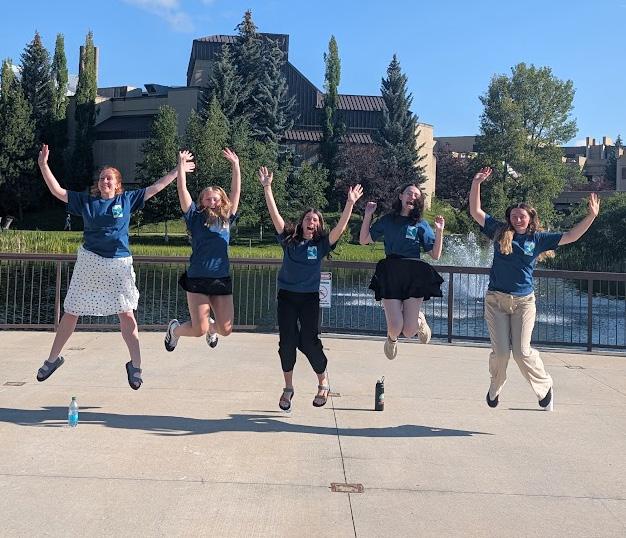
I’m currently a senior in high school and in college I plan to study law and eventually go into law school. This experience has taught me so much regarding the environment, which is something I have always been passionate about. I was not only given the opportunity to discuss this passion with other students my age, but I was also able to learn more about the environment! My favorite nature fact that I learned during Envirothon was during our current issue section when we discussed how during the fires in Alberta last year, they called in the native people of the land to help communicate with the fire. I thought this was very interesting and it allowed me to learn how they had a deep connection with the land around them.
TESS WAEGE SENIOR
I’m a senior in high school this year. In college, I am currently planning to major in education, specifically chemistry. I have learned a lot from this trip but the most interesting thing I learned was about the indigenous background of the land. I was interested in how that also plays into how people nowadays use the same land with respect towards those communities.
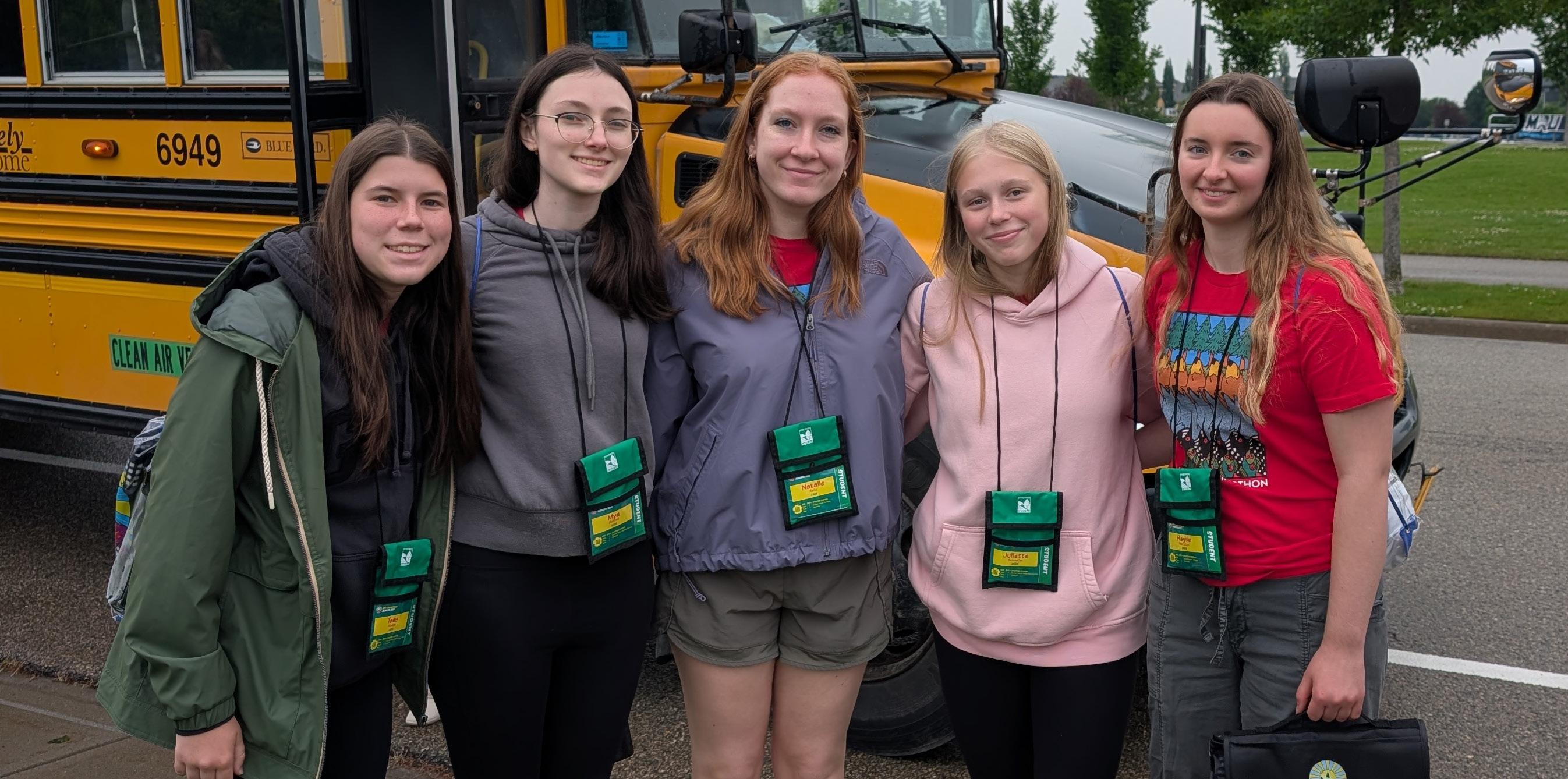
NATALIE REITZ
Hello! I will be going into my first year of college at University of Wisconsin Green Bay and I’m going to be majoring in Communications. My favorite wildlife fact that pertains to Canada is that they have the largest moose population in the world! Also since they’re herbivores they can eat about 50 pounds of vegetation in only one day! I learned this while talking with North Carolina’s Envirothon team on the road trip to Banff national park. I had so much fun and really enjoyed all the lovely sites in Canada and all I got to learn with Envirothon!
MYA DONNELL SENIOR
I will be a high school senior next year. In college, I plan to major in Environmental Science, Ecology, or another similar major. This competition has taught me so much and I am so glad I had the opportunity to go! The most interesting thing I learned was that wildlife ecologists in Alberta use barbed wire in wildlife corridors to collect hair from certain animals, and that they can use DNA analysis of the hair in order to find out many different kinds of information about the animals that are using the wildlife corridors.

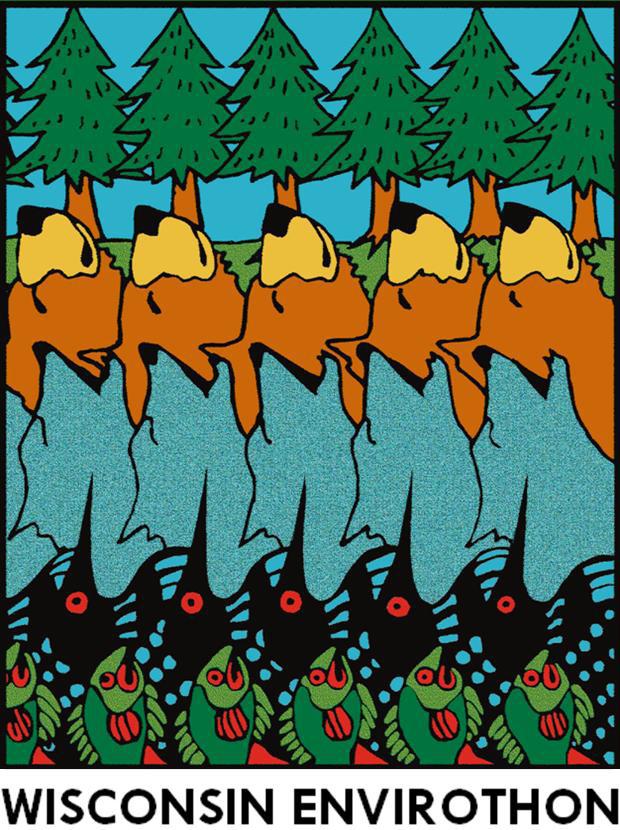
Mark your calendars for the 2026 Wisconsin Envirothon, the state’s ultimate environmental science challenge for middle and high school students. Founded in 1988, this annual event combines hands-on outdoor learning with rigorous academic competition. Student teams will test their knowledge in Aquatic Ecology, Forestry, Soils & Land Use, and Wildlife, while guided by natural resource professionals and educators. Participants will also tackle a current environmental issue in a team presentation, developing crucial leadership and communication skills. Join us for a day of environmental exploration, teambuilding, and the chance to represent Wisconsin at the NCF-Envirothon. Don’t miss this opportunity to mentor the next generation of conservation professionals. Learn more about starting an team, becoming a volunteer, or sponsoring the event at wisconsinlandwater.org/envirothon
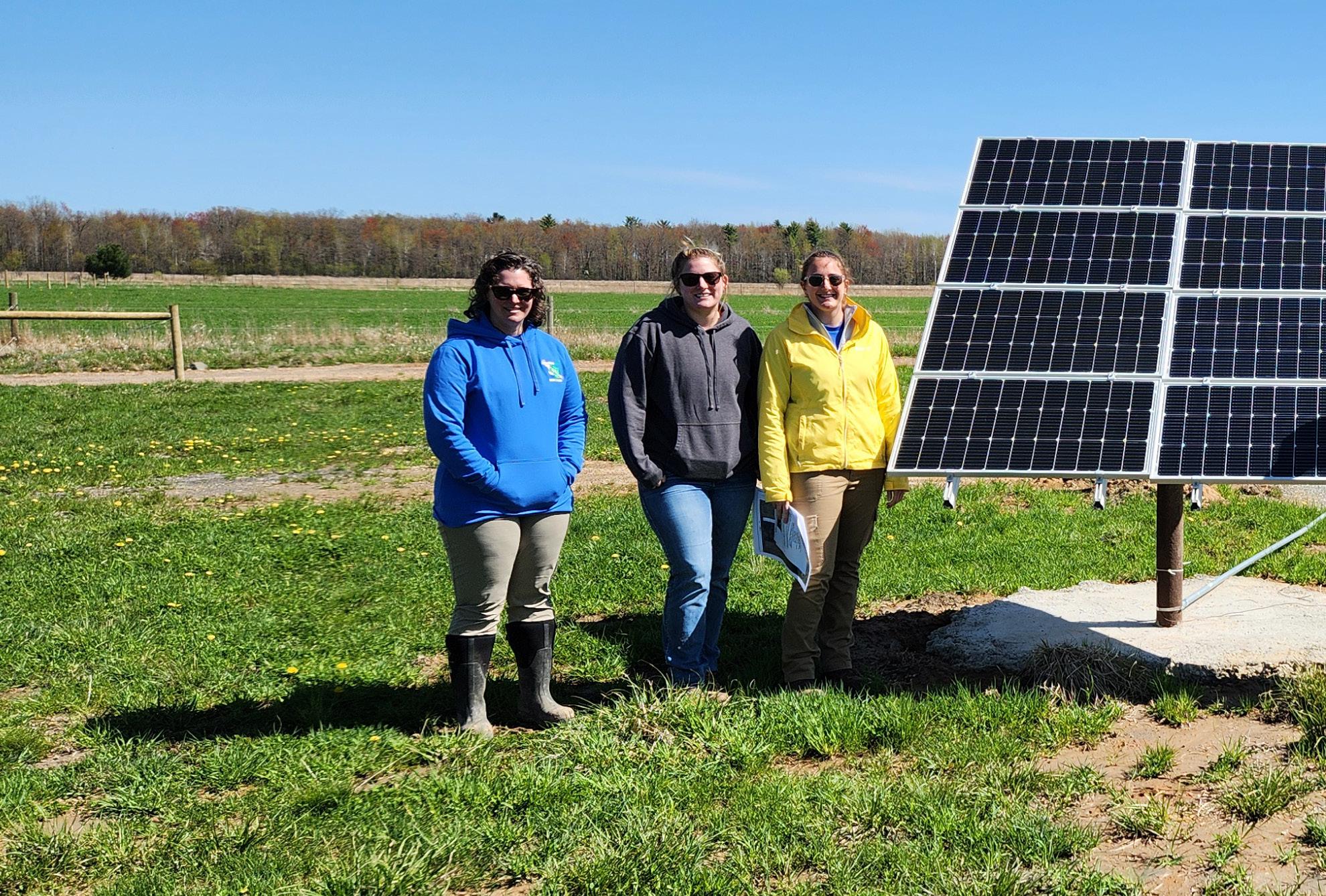
EDUCATE
BUILDING COMMUNITY AND SHARING KNOWLEDGE NURTURES
NEW AND EXPERIENCED CONSERVATION PROFESSIONALS

When newer staff step into the world of conservation, the learning curve can be steep. Technical skills, program requirements, and community expectations all converge at once. That’s where the Wisconsin Land+Water Mentor Program comes in. But instead of relying only on traditional one-on-one pairings, a new cohort model is taking shape: pairing one experienced conservationist with a small group of newer staff who learn together, share challenges, and build statewide connections.
The first of these cohort teams was asked to share their perspectives and experiences as part of this unique experience. Current members embers include:
• Ketty Clow, Environmental Engineer, Chippewa County
• Amber Cannon, Conservation Engineering Tech, Fond du Lac County
• Alexis Faul, Conservation Engineering Tech, Fond du Lac County
• Kyle Andreae, Engineering Technician, Wood County
• Caden Erickson, Land Conservation Technician, Pepin County
• Cole Koffron, Conservation Specialist, Burnett County
• Kaitlyn Bochniak, Conservation Technician, Calumet County
• Kelsey Hagan, Conservation Technician, Calumet County
• Sierra Sly, Chippewa County
Original members that have moved on to different jobs outside the public sector:
• Ethan Homann, Land Conservation Technician, Pepin County
• Alanna Muller, Calumet County
Cohort members describe their monthly meetings as opportunities to set goals, share updates, and tackle real-world conservation issues. “With people joining from all over the state, we agreed to meet monthly,” said Amber Cannon. “These meetings are a chance to bring up questions, highlight projects, and share ideas that might help others. Personally, I’ve had the chance to meet with Ketty several times while she helped me learn CAD. Our office is very new, and I
had never even opened CAD before starting this job. Her guidance has been incredibly valuable, and the growth I’ve experienced in my second year—thanks to the program—has been so much greater than in my first.”
Alexis Faul added that the group sets practical monthly goals. “Topics could be anything from learning a new design spreadsheet to sharing a challenge with a recent project, she explained. “One constant is updating each other on what’s happening in our counties. We’ve learned a lot from each other because of the different land uses and conservation practices across the state.” She pointed to one breakthrough moment that resonated as an early career professional. “Ketty helped me connect soil test pits to waste storage facility design. That conversation—and the follow-up training—gave me the confidence to review a permit application for a local ordinance.”
For Kyle Andreae, the value has been in both technical support and peer learning. “One example was when I was working through a particularly bad violation of the county’s animal waste ordinance. Ketty helped guide me through the enforcement process. The program has also connected me with the land and water technical committee, which has given me valuable insight into emerging issues. On top of that, I’ve been able to assist others in the group with solar design computations, so it’s been a two-way street of sharing knowledge.”
Beyond the technical skills, members emphasized the value of building relationships and finding community. “My first WI Land+Water Annual Conference was right after I joined the cohort,” recalled Alexis. “It was great to have a mini community at the conference through our group. Ketty also encouraged me to join the Tech Committee, so I’m starting to expand my network beyond trainings and field days.”
Amber agreed: “This program has been a great way to connect with other conservation professionals across the state. I don’t think I would have gotten to know them nearly as well without this group.”
The message from mentees was consistent: don’t wait. “I truly wish I had joined sooner,” said Amber. Alexis added, “Joining a cohort group or finding a one-on-one mentor is an investment in your conservation career. Never turn down the opportunity to keep learning and expanding your network.” Kyle advised new participants to come with curiosity: “Just keep an open mind—every group will be different in experience and expertise, and that’s what makes it valuable.”
For mentor Ketty Clow, leading a cohort is about more than teaching technical skills. “I just wanted to
Joining a cohort group or finding a one-on-one mentor is an investment in your conservation career. Never turn down the opportunity to keep learning and expanding your network.

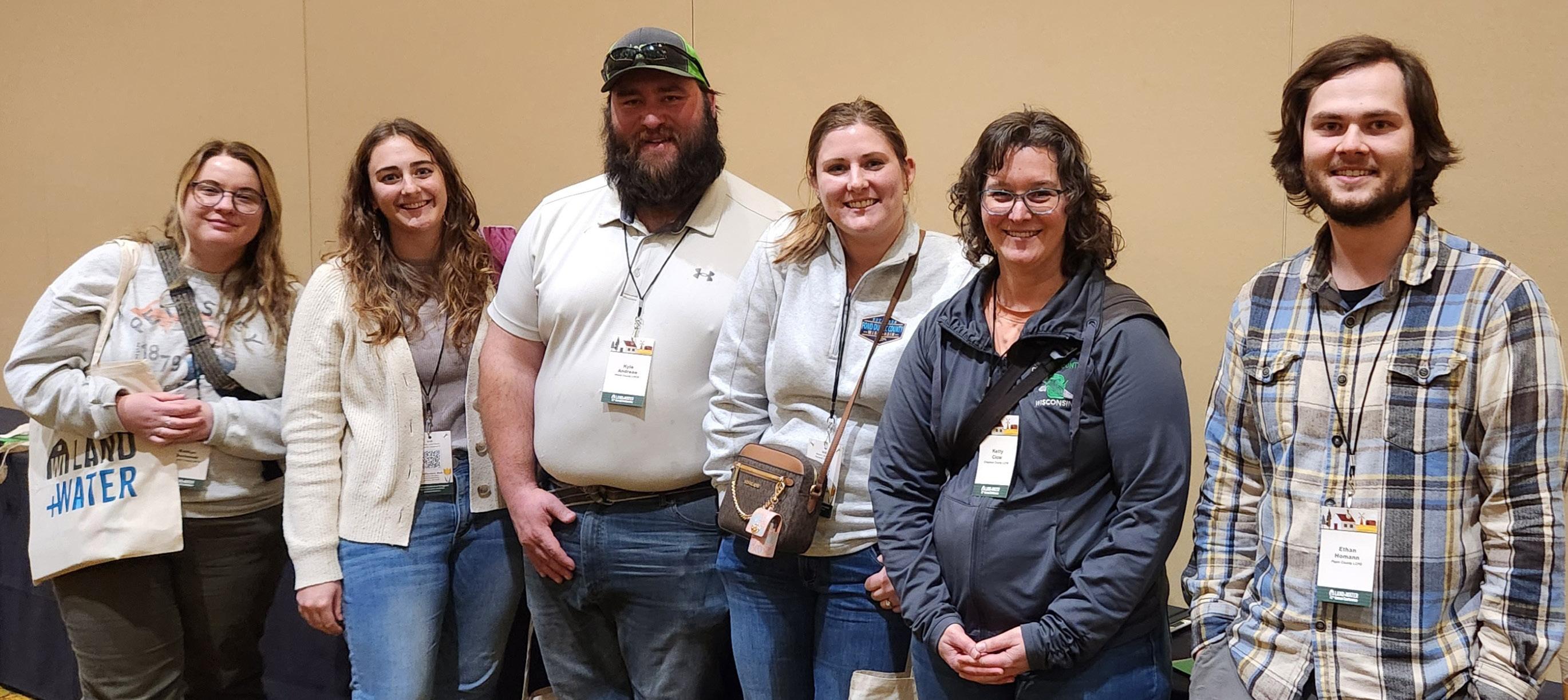
be the kind of mentor I wish I had when I was starting out—someone who’s there to help, listen, and share what they’ve learned,” she said. The benefits go both ways: “I’ve found that I learn just as much from them as they do from me. It’s a reminder of how far I’ve come, and it makes me feel like I’m contributing to conservation in a meaningful way.”
Ketty encourages other experienced professionals to consider stepping into a mentoring role: “This is your chance to leave a lasting legacy in conservation. You don’t have to know everything—the rewards far outweigh the effort.”
The real goal, Ketty explains, is for today’s mentees to become tomorrow’s mentors. By starting with strong support, new conservation professionals gain the confidence and skills to grow into leaders themselves.
The cohort approach is proving to be more than just a mentoring format—it’s a way of building a community of practice across Wisconsin, ensuring conservation knowledge and leadership carry forward to the next generation.

